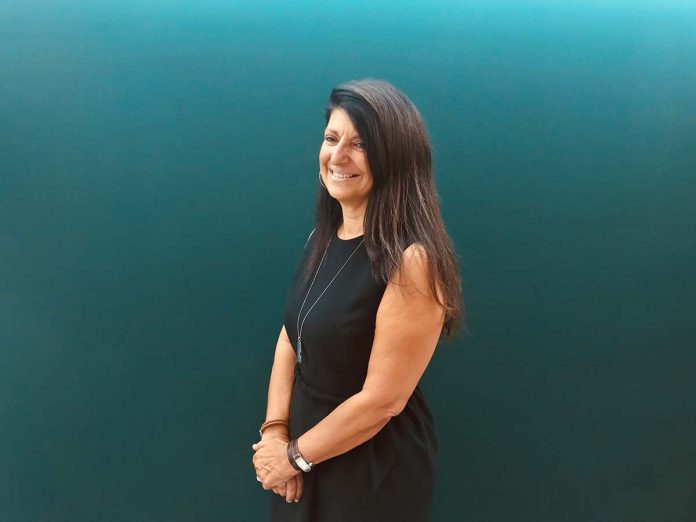From 12 to 15 March Cannes comes alive thanks to MIPIM, the event on the French Riviera that attracts the most influential players of the international real estate market. Are you also involved in this appointment?
MIPIM is mostly for international real estate developers; Silvera concentrates on another event in Cannes, the Hotel & Restaurant Meetings, for the hospitality sector, where we meet with the major clients in this area. In the case of MIPIM I am not directly involved; my work focuses on furniture and décor, on the choice of the collections on view in our sales spaces.
In this context, the French Riviera takes on a dual meaning: not only is Antibes your hometown, but Silvera has opened two stores in Marseille, one at the end of 2022 and the latest in November 2023. To understand the placement of Silvera stores outside of Paris, where there are 12 units, we have to consider the two stores in Lyon, one in Bordeaux (the most recent) and one in London, as well as the two in Marseille. The south of France thus has a position of force in the company’s outlook. From which cities in southern France do your clients arrive?
Mostly from Marseille, Aix en Provence, Cassis, Bandol, Saint-Tropez, the territory of Luberon and Provence.
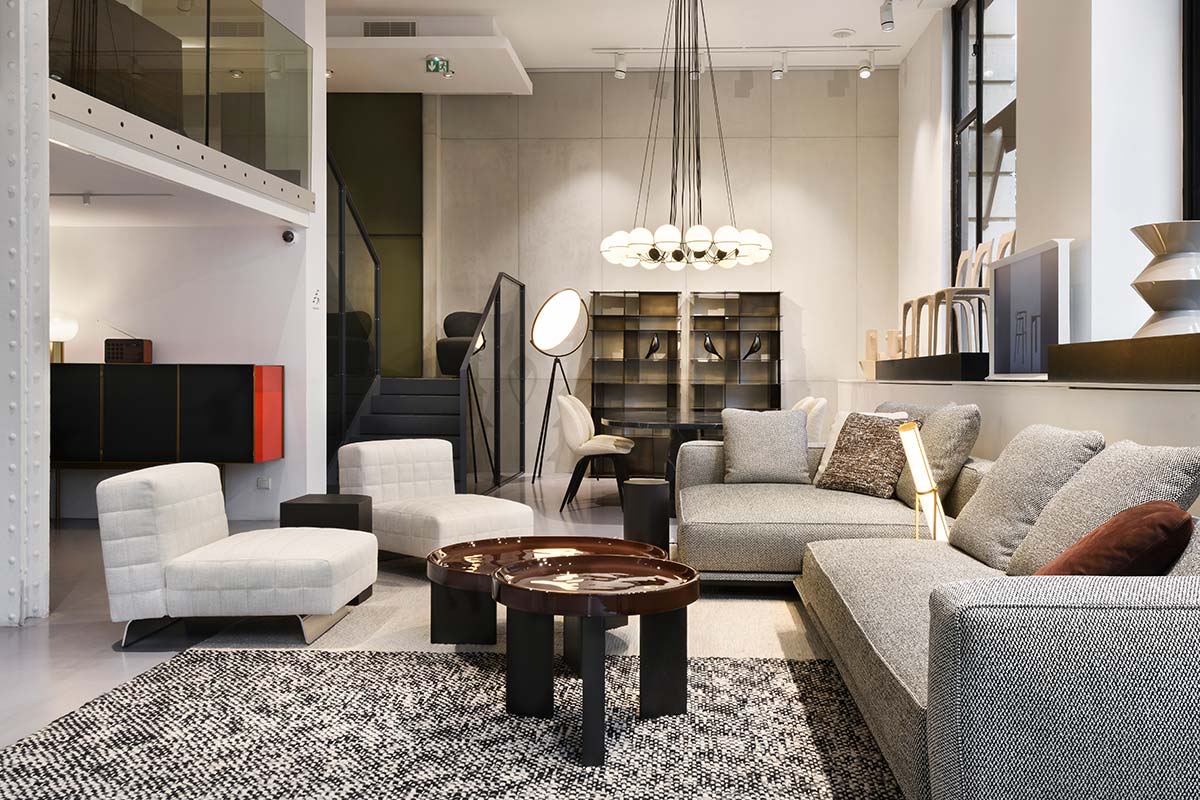
What are the specificities of the clients from this zone, and from Marseille in particular, the second-largest city in France?
First of all, this zone of France has always stood out for its passion for design. Marseille, besides being a cosmopolitan city and a tourist attraction, is also a place that attracts many Parisians, who choose to move there: the spaces are larger, as are the apartments, which often have terraces.
From the point of view of Silvera, is there a distinctive direction of taste in southern France?
Until today the clientele originating in southern France, who already visited our points of sale in Paris before our southward expansion (where we had limited visibility), has always focused on our most famous design brands, which we might call classics: trademarks like Cassina and Knoll, with iconic furnishings, are admired and coveted by the local public. In spite of what might be expected, there is still little demand for outdoor design, and most of the projects are inserted in apartments or villa interiors.
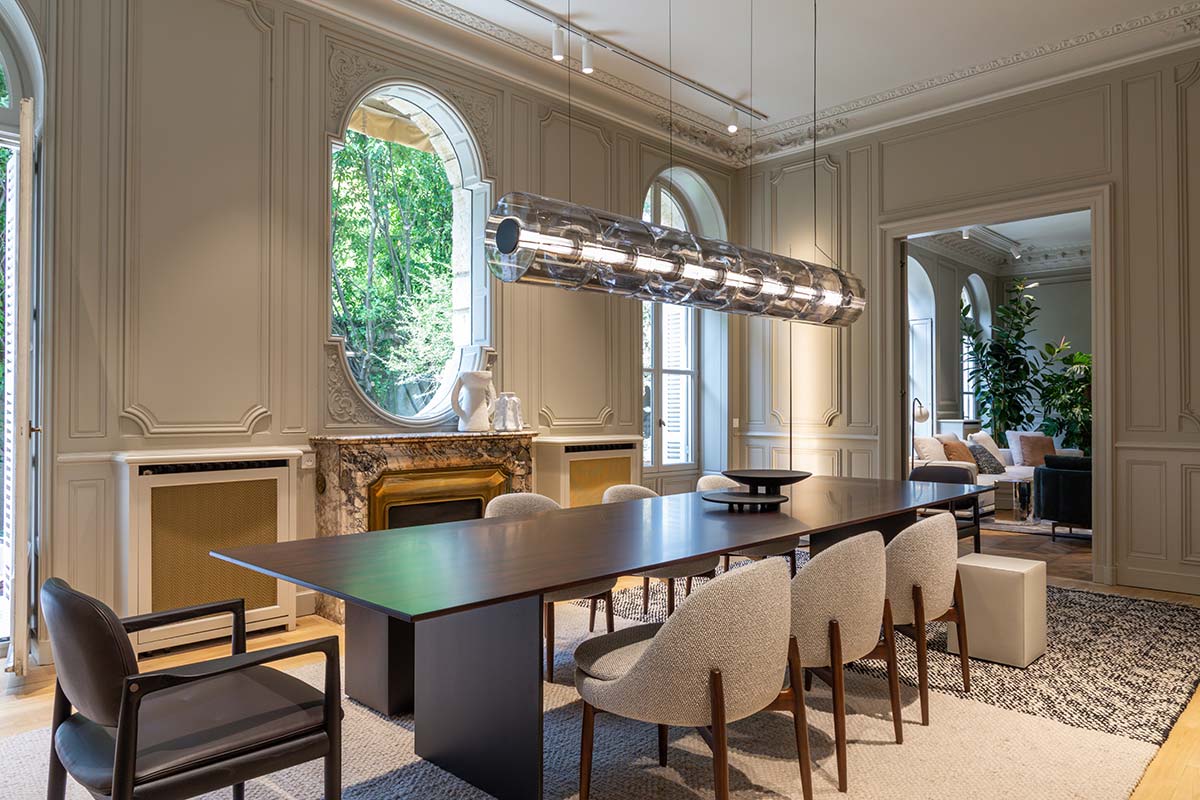
How can we compare this stylistic tendency with the tastes reflected in the stores in Paris?
In the south we see a more gradual expansion of trends than in Paris, where we feel greater freedom to try things, concentrated on “trendy” names that conduct evolving experimentation. This approach has prompted us, having opened in Marseille, to offer the public a wider range of options, presenting collections by young, almost unknown designers alongside the consolidated design brands like Baxter, Living Divani or Minotti. For us, the importance of mixed offerings is fundamental with respect to a single style, and this value forms the basis of our approach in all our points of sale.
A designer or a brand less well known but worth a look?
Lately we have presented a display of small lamps by a young designer named Joris Poggioli, French but of Italian origin, creator of a collection of furnishings and objects titled Youth Edition; our customers with very enthusiastic.
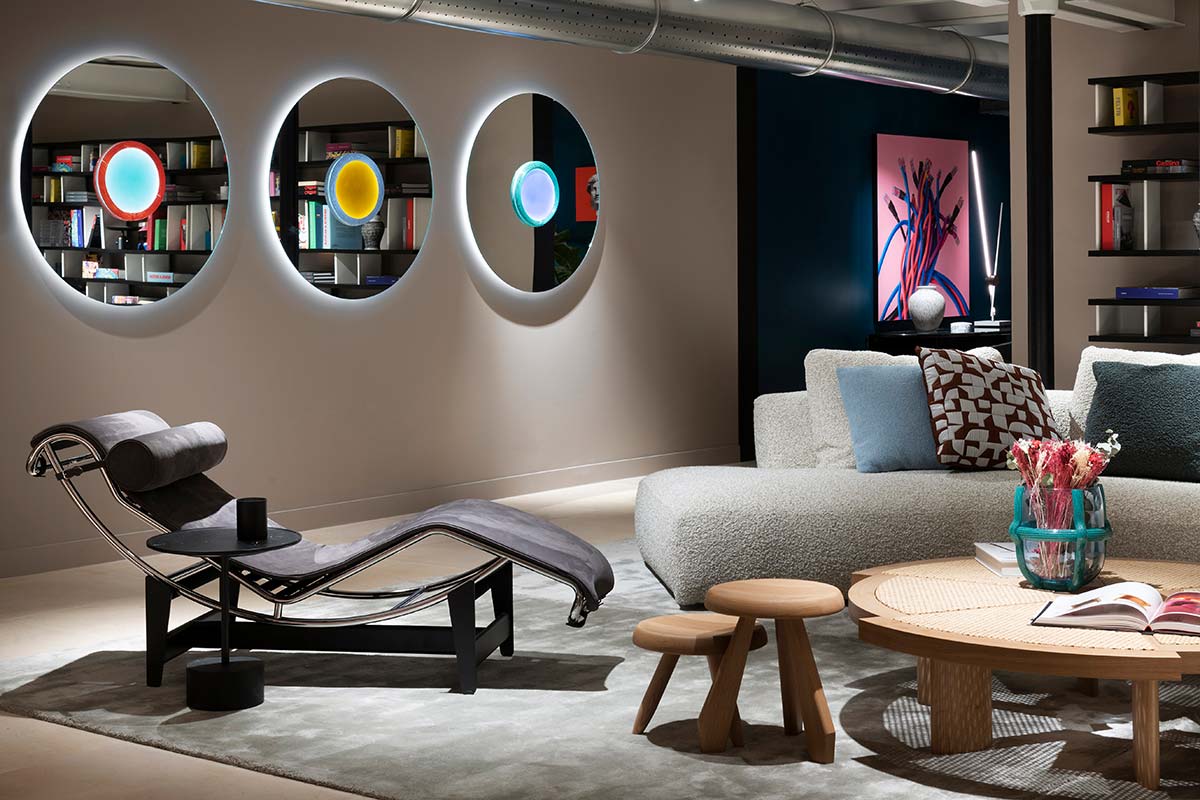
What are the most versatile but already successful brands in your roster?
& Tradition with Jaime Hayon, BD Barcelona, Driade with the collection Roly Poly, which is lots of fun and particularly trendy at the moment, Glas Italia – just to name a few.
The timeless classics?
Cassina, Classicon with the works of Eileen Gray. In Paris we recently installed an exhibition of her pieces, reflecting our effort to offer our audience a mixture ranging from major classics to young talents; our new brands have also been selected with care, focusing on in-depth research and reliability.
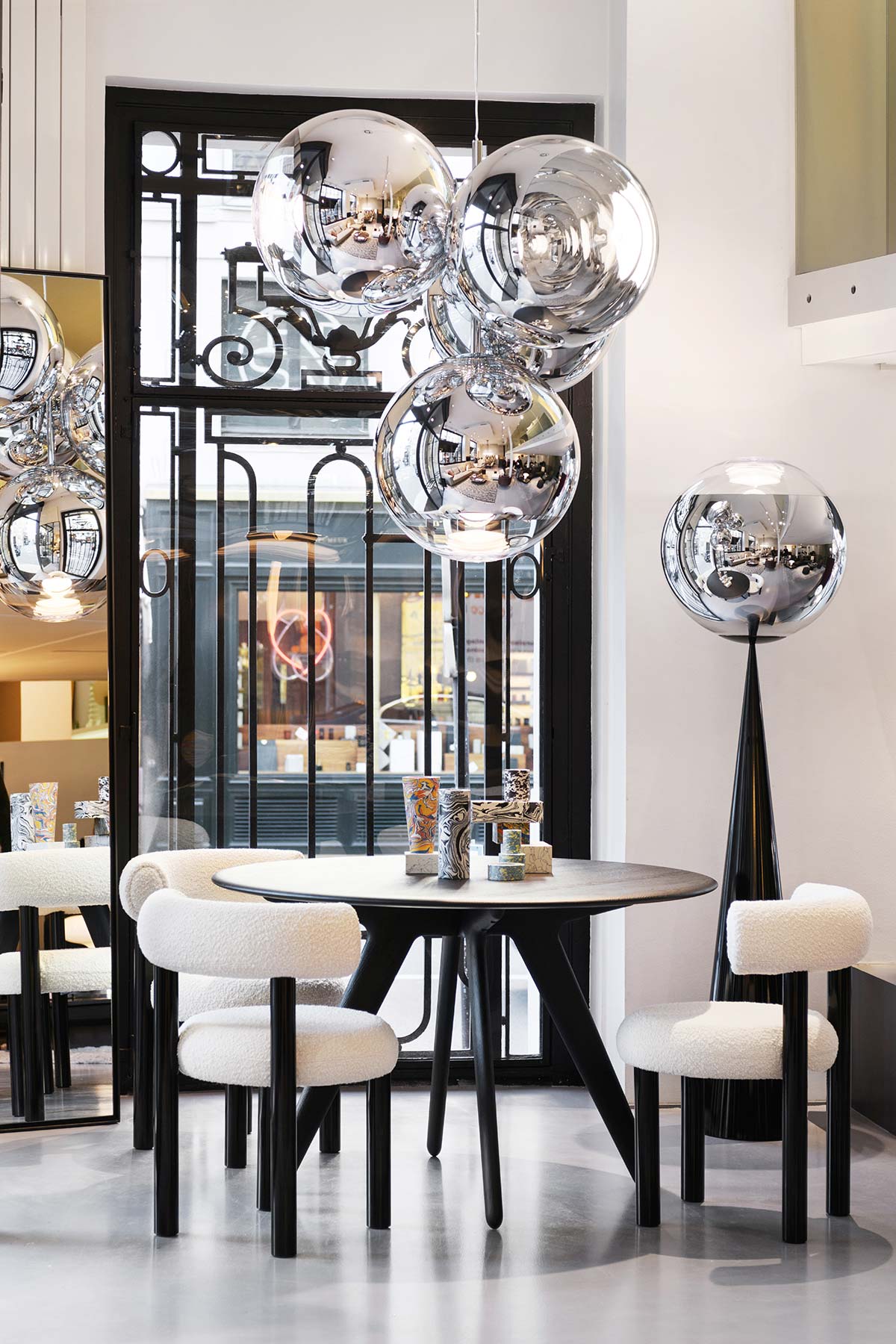
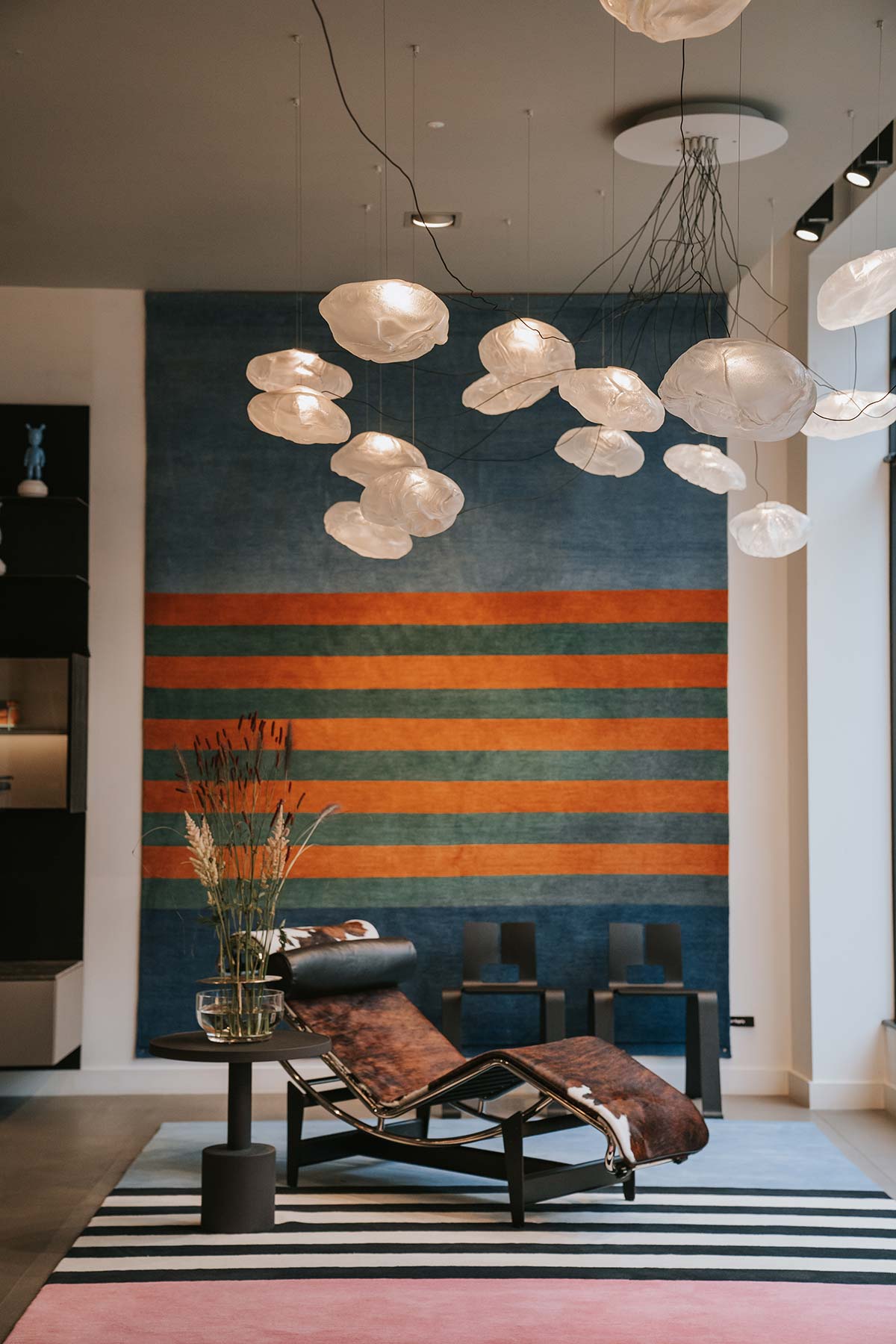
Your mention of Eileen Gray takes us back to the French Riviera, where it is possible to visit the Villa E-1027 she created at Roquebrune-Cap-Martin. What other places connected with design would you recommend visiting in Marseille and its surroundings?
Besides Villa E-1027, near which you can also discover the Cabanon designed by Le Corbusier, you should also visit the unite d’habitation of Le Corbusier in Marseille (1947-1952): the Cité Radieuse, now also the location of the MaMo museum built by the designer Ora-Ïto on the terrace at the top of the building, with a view of the sea. Another place not to be missed in Marseille is the MuCem, Musée des Civilizations de l’Europe et de la Méditerranée, designed by the architect Rudy Ricciotti and opened in 2013, the year in which Marseille was the European Capital of Culture. Located on a pier at the port, the museum is connected to the old city by a concrete footbridge, an important work of reconfiguration and regeneration in Marseille.

